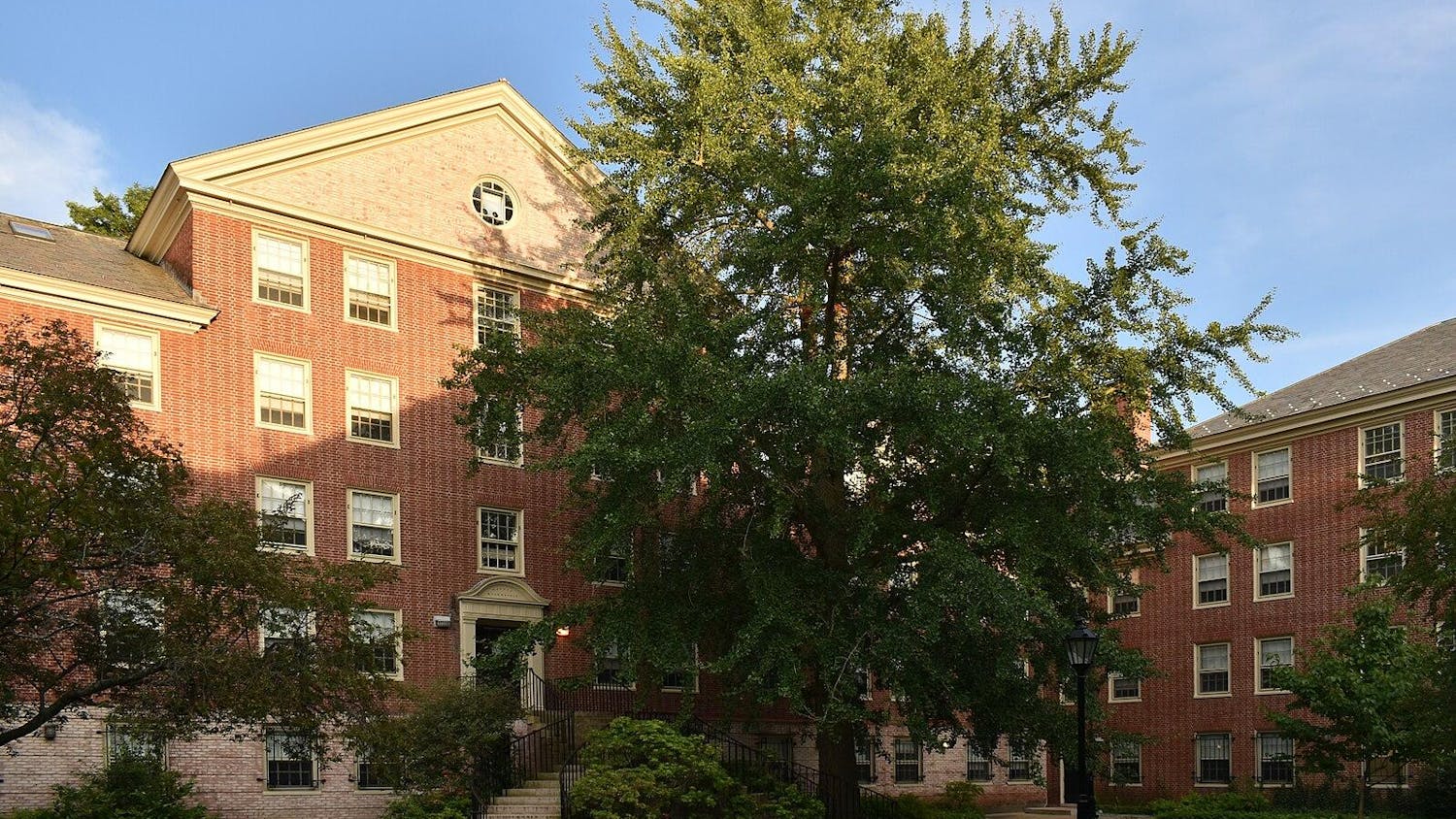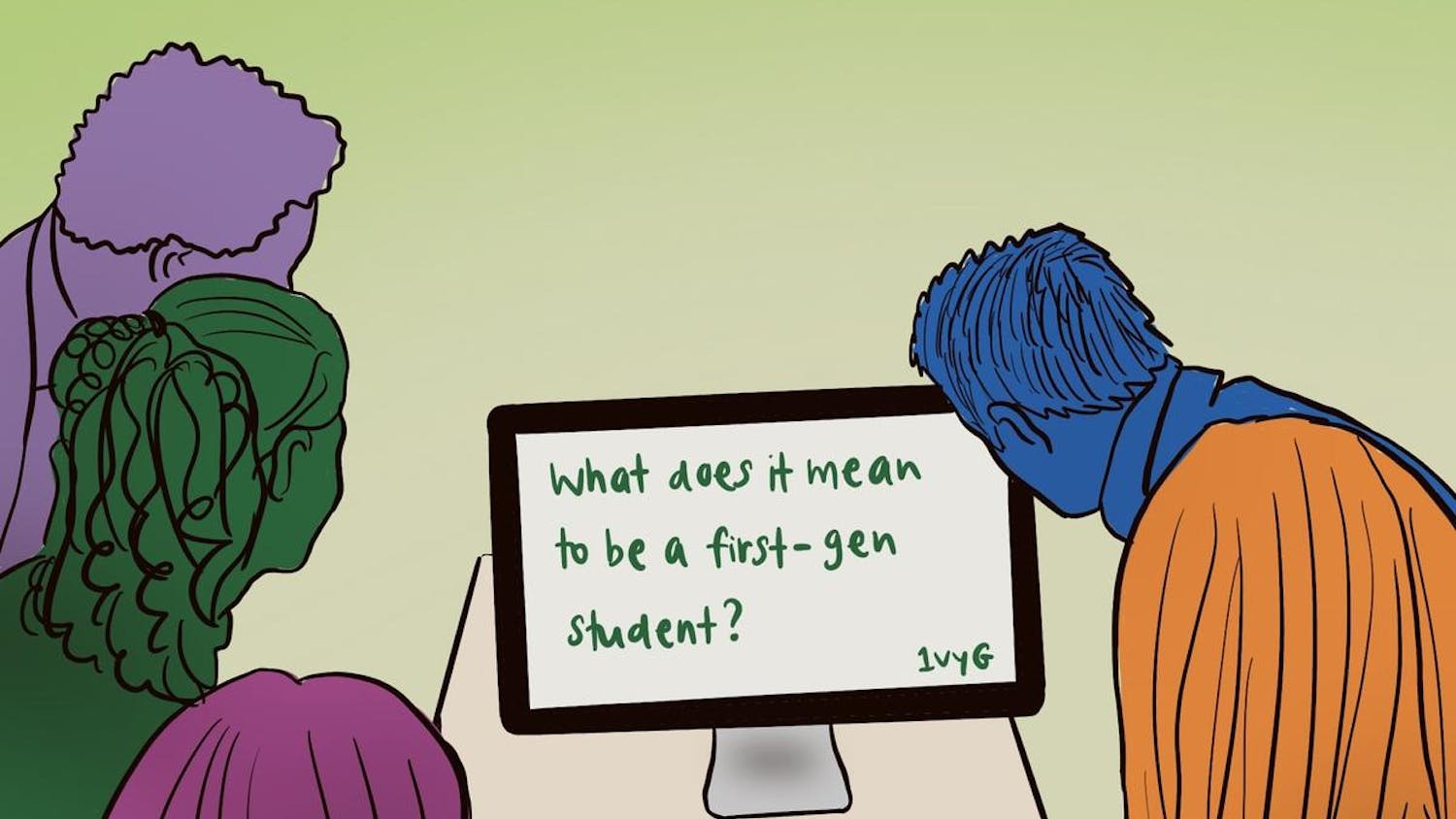In its second year, the University's School of Engineering has set its sights on fulfilling a number of long-term priorities, including expanding space, renovating laboratories, hiring new faculty and implementing curricular changes. Under the direction of Lawrence Larson, dean of engineering, these changes are coinciding with an increase in research funding and in undergraduate and prospective student interest in the program.
"We're poised at a very exciting moment," said Kenny Breuer, associate dean for academic programs at the School of Engineering.
But the road to impending changes and expansions is not without some growing pains, said University officials.
Expecting expansion
To fully utilize its increased funding, the School of Engineering will need more extensive and high-quality laboratory and research space, said Eric Suuberg, associate dean for research and graduate initiatives at the School of Engineering. Much of Barus and Holley, where most of the school is currently based, has outdated equipment.
As the school looks to expand its faculty ranks, there is simply not enough room to conduct cutting-edge research, said Nancy Carroll, chief administrative officer for the School of Engineering.
"Space is critical. You can't expand without it," Carroll said. "Barus and Holley is outdated, so it does make it very difficult for us in administration to assist faculty when we have nothing to offer them."
Students said they have felt the effects of overcrowding. "For one of the engineering classes I did last semester, we ended up not doing part of a design project because there were too many students in the class for the resources available," said Hannah Varner '14, a mechanical engineering concentrator.
The School of Engineering has already begun addressing these concerns.
Improvements include renovations on the Prince Engineering Laboratory, which will house research facilities for two recently hired faculty members. Begun in 2005 and going through three phases of renovations, the laboratory's upgrades are expected to be completed by May. Engineering also expects to benefit from the reshuffling of other departments — the former Medical Research Lab and part of the now-empty Hunter Laboratory will house parts of the school as well.
"This is the way it has to be in an urban campus environment like this where there simply aren't open, empty lots on which you can build," Suuberg said.
The School of Engineering is also exploring possible options for an eventual new building. Since space on campus is scarce, locations in downtown Providence — including the Jewelry District — have been considered in addition to potential sites on College Hill. Richard Spies, vice president for planning and senior adviser to the president said it was unclear how current tensions between the city and Brown might affect such plans if an off-campus site were chosen.
"What I will say is that we recognize in engineering that any new building is several years off," Suuberg said. "It's not going to happen any sooner than five years and can easily be longer than that."
Larson and others are already engaged in fundraising for possible future expansion. "Until we've achieved some level of success, you can't start the process of specific planning," Spies said. The greatest share of the funds will likely come from alums and parents, but the school will also look to corporate and federal sources, Spies said, especially for research and equipment grants.
Hired hands
Another long-term priority for the School of Engineering is the expansion of its faculty ranks. Current plans call for 12 new tenure-track faculty positions over the next 10 or more years. The first two professors are scheduled to start as early as July, though no one has been hired yet. Though the 12 spots are not specifically allocated to certain branches of engineering, the new faculty proposal emphasized certain up-and-coming areas, including energy and biomedical engineering, Carroll said.
The engineering faculty is also involved in discussions about curricular changes. In addition to exploring the expansion of graduate offerings, including master's programs, professors are considering adjustments to the undergraduate concentration. These include steps to make it easier for students to enter the program during sophomore year, attempts to modernize classes and keep students up to date with recent trends like the influx of biology and nanotechnology, Breuer said.
Though large changes are not on the table, Breuer said, faculty have discussed making the core classes smaller and providing different "flavors of courses." Though the number of engineering undergraduates is increasing, the rate of change is not significant enough to suggest any major upheaval. "I hope that we'll see some invigoration of the curriculum," Breuer said.
Success stories
Many of the School of Engineering's changes are still in the planning stages, but a number of improvements have already appeared. Chief among these is the school's enhanced ability to attract high-profile professors.
Professor of Engineering Nitin Padture, who will be one of the beneficiaries of the renovated Prince Lab facilities, came to the University last month from Ohio State University, where he oversaw a $17 million research center.
"What really attracted me to Brown is the expansion of the School of Engineering," Padture said.
Padture said the University's School of Engineering stands out from most programs because it is small enough not to be fragmented into separate departments, allowing for greater interaction across subject areas. "It's becoming more useful because of the interdisciplinary nature of future research," he said.
The establishment of the school has also led to an increase in research funding and expenditures. Research expenses and overhead generated from grants and contracts are "a good gauge of how we look at our research," Carroll said. By that measure, expenses were up about 16 percent in fiscal year 2011, while overhead rose about 13 percent, according to Carroll. The majority of the grants come from the federal government, Carroll said, but the school has also been exploring greater corporate partnership in recent years.
Among the students accepted early for the class of 2016, engineering was the most popular intended concentration. Dean of Admission Jim Miller '73 told The Herald in December that interest in engineering had risen among both applicants and admitted students.
Annie Cappuccino, director of admission for science recruitment, attributed the rise to a combination of the national economic climate and University recruitment efforts. "We've really tried to promote Brown sciences and physical sciences even more heavily, and the news of engineering becoming the School of Engineering has reached a lot of student populations," she said.
In recent years, the emphasis among prospective students has shifted somewhat from an attraction to the open curriculum to an attraction to the engineering program specifical
ly, she said, while the heightened visibility of the school has helped influence families.
A continuing challenge for the engineering school is boosting the ranks of women and minority students. Cappuccino said current efforts include attending national conferences centered on diversity in the sciences. Thirty-four percent of first-year engineering students are women, a proportion higher than at many peer engineering programs, Cappuccino said.




